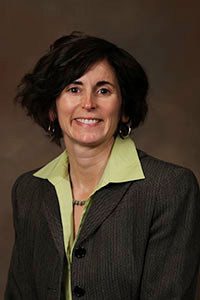
"Using Multivariate Data Analysis Tools, Particle Composition and Source Signatures to Identify Sources of PM2.5 along the Wasatch Front"
Dr. Kerry E. Kelly, Research Assistant Professor, University of Utah
Time: 2:00 PM
Date: Monday, June 15, 2015
Location: 3291 MEB (ChE conference room)
Abstract:
During the winter of 2013/2014, Salt Lake County exceeded EPA’s National Ambient Air Quality Standards (NAAQS) for fine particulate matter (PM2.5) on 31 days. These periodic high levels of pollution have numerous adverse health and economic effects for the region, and a recent survey of Utah residents identified poor air quality as the number one quality-of-life concern. Kerry will discuss the use of multivariate data analysis tools to identify the sources of PM2.5 during our winter-time inversions. She will also compare these results to the state’s estimates of PM2.5 contributors and discuss how the results have affected air-quality policy.
Short Bio:
Dr. Kerry Kelly is Associate Director of the Program for Air Quality, Health, and Society and a Research Assistant Professor in the Department of Chemical Engineering at the University of Utah. She received her BS in Chemical Engineering from Purdue University, MS in Environmental Engineering from the University of North Carolina-Chapel Hill and her PhD in Environmental Engineering from the University of Utah. She is also a professional engineer and Vice Chair of the State Air Quality Board. Her research focuses on air quality, carbon management and the evaluation of emerging energy technologies including consideration of their associated health, environmental, policy and performance issues. She is particularly interested in aerosol formation, characterization and mitigation strategies. She led several field campaigns to characterize aerosols from a variety of challenging sources including jet aircraft, rocket motors, diesel and gasoline engines, and agricultural burns. Her recent research activities have been motivated by local and regional air-quality challenges.